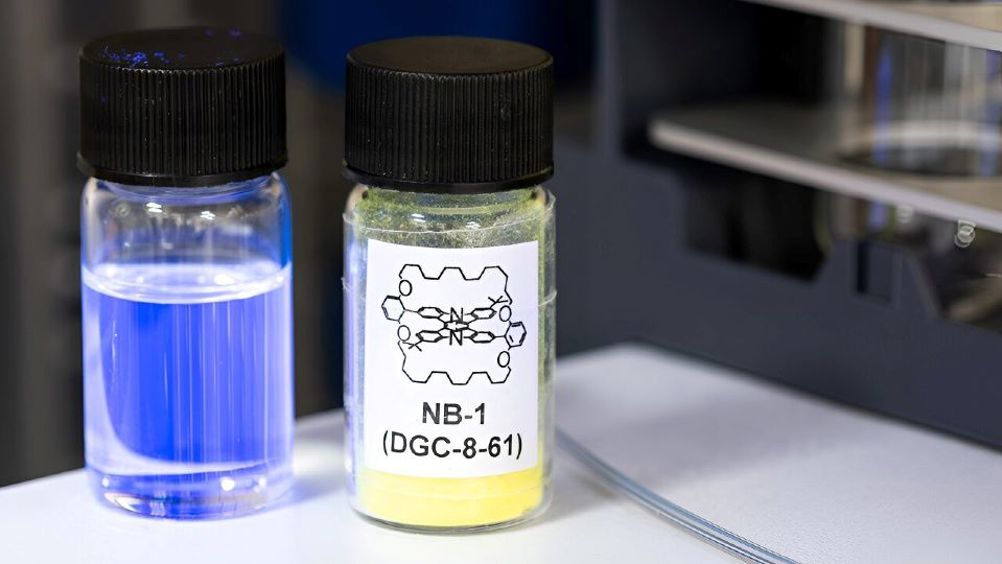Simplified blue OLEDs could lead to higher definition TV screens
A multi-university research team has simplified the structure of high-efficiency blue organic light-emitting diodes, an advance that could lead to longer-lasting and higher definition television screens.

Organic light-emitting diodes (OLEDs) are a class of organic electronics found in smartphones and displays and can be more efficient than competing technologies.
Although OLED television screens have vivid picture quality, they also have drawbacks such as high cost, comparatively short lifespans, and blue light stability.
The screen pixels used in OLED displays are composed of red, green and blue subpixels that light up at different intensities to create different colours.
However, the subpixels that emit blue light are the least stable and can be susceptible to so called screen burn-in, which can discolour the screen.
In a paper published in Nature Materials, a team of researchers from Loughborough, Cambridge, and Northumbria Universities, plus Imperial College London, describe a new design that overcomes these issues and may lead to simpler, less expensive systems with purer and more stable blue light.
The findings may pave the way for TV and smartphone screens that consume less energy.
Register now to continue reading
Thanks for visiting The Engineer. You’ve now reached your monthly limit of news stories. Register for free to unlock unlimited access to all of our news coverage, as well as premium content including opinion, in-depth features and special reports.
Benefits of registering
-
In-depth insights and coverage of key emerging trends
-
Unrestricted access to special reports throughout the year
-
Daily technology news delivered straight to your inbox










Water Sector Talent Exodus Could Cripple The Sector
Maybe if things are essential for the running of a country and we want to pay a fair price we should be running these utilities on a not for profit...